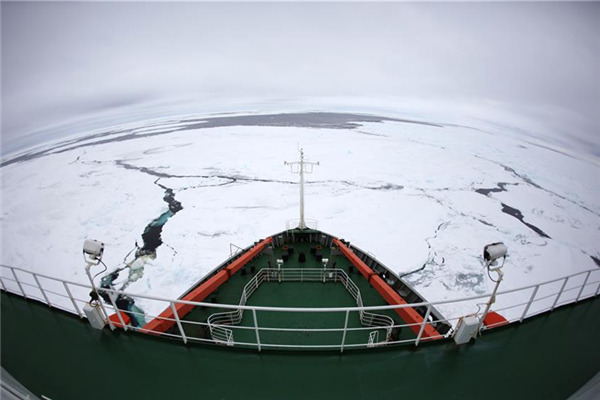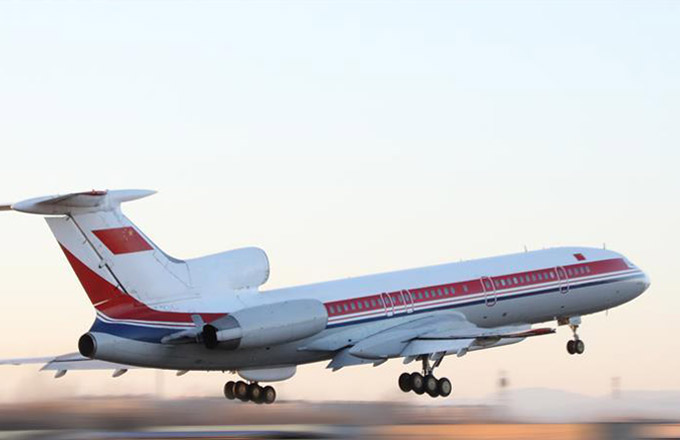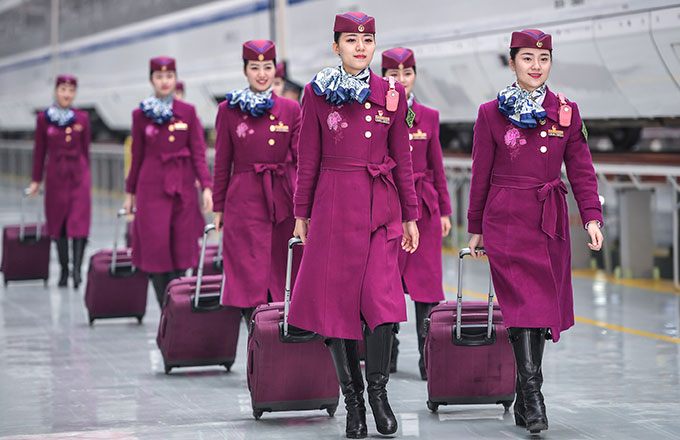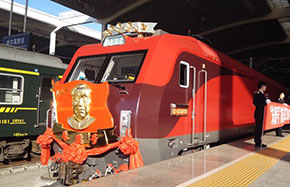Abe should open his eyes to reality
It was really a clumsy decision for Australia to move toward a de-facto military alliance with Japan after the latter violated its pacifist constitution. The US and its allies should learn from World War II, or else their wrong decisions will eventually hurt themselves.
On Tuesday, Japanese Prime Minister Shinzo Abe said the new defense technology agreement would be part of "engraving the special relationship" with Australia, and both countries would be "joining hands with the US". Abe's speech actually made Australia one of the central planks of Japan's security plan for the Asia-Pacific region.
Abe's cabinet adopted a resolution on July 1 reinterpreting Article 9 of the Constitution to lift the country's self-imposed ban on exercising collective self-defense. The move will not only shift Japan away from its postwar pacifist position, but also facilitate the strengthening of Japan-US alliance, which is wanting in military substance because of the restrictions of Article 9.
According to Article 9 of Japan's Constitution, "land, sea and air forces, as well as other war potential" of the country will never be maintained, and "the right of belligerency of the state will not be recognized". But the so-called peace treaty signed between Japan and Western countries, led by the United States, in San Francisco that came into force on April 28, 1952, said that Japan, recognized as a sovereign nation, possesses the inherent right of individual or collective self-defense referred to in Article 51 of the Charter of the United Nations. That clause does not conform to the constitutional restrictions that prevent Japan from arming itself again.
Signed on Sept 8, 1951, the Security Treaty between the US and Japan became effective in 1952 as the peace treaty, allowing the US to deploy its land, air and sea forces in Japan to protect it from armed attacks from outside and quell large-scale internal riots at the express request of the Japanese government.
The security treaty, however, remained ambiguous on how the US would protect Japan, which drove former Japanese prime minister Nobusuke Kishi to propose the extension of a revised security treaty. So on Jan 19, 1960, the Treaty of Mutual Cooperation and Security between the United States and Japan was signed. Among the most important changes in the new treaty is the one which says the US regards an armed attack on Japan as being dangerous to its own safety and would act to meet the common danger, and that the two parties will consult on how to implement the treaty, "whenever the security of Japan or international peace and security in the Far East is threatened". The security pact thus laid the basis for Japan to resume exercising collective self-defense.
Despite the constitutional constraint of the past decades, Tokyo never stopped trying to establish a strong military alliance with Washington. In November 1978, the two sides signed the Guidelines for Japan-US Defense Cooperation, which says that Japan and the US will take coordinated joint action in case there is an armed attack on Japan and that the two sides will cooperate in dealing with "situations in the Far East (even) outside Japan" if they perceive that they could have an impact on Japan's security.
In the mid-1990s the US intensified its efforts to contain China's rise, and Japan, as the US' closest ally in the region, has been playing a key role in this game.
In 1997, the US and Japan approved the new guidelines for bilateral defense cooperation, in which "situations in the Far East outside Japan" was rephrased as "situations in areas surrounding Japan", and in 2005 Washington and Tokyo declared in a joint agreement that Taiwan is a mutual security concern.
Since becoming prime minister for the second time in late 2012, Abe has tried every trick up his sleeve - from the "China threat" theory to the need to defend its allies - to convince Japanese people that Japan needs to strengthen its Self-Defense Forces. Of course, Abe's real motive has always been to lift the restrictions of the pacifist Constitution and transform Japan into a military power. And the most effective way of doing that, Abe and his colleagues believe, is to build a strong Japan-US military alliance. But since it is impossible to establish such a military alliance without lifting the constitutional restrictions, Abe has taken the first step toward that end by reinterpreting Article 9.
The Abe government seeks to further revise (or amend) the Constitution to suit US-Japan defense cooperation. In this context, the reinterpretation of Article 9, which allows Japanese forces to join other countries under the umbrella of collective self-defense to deal with conflicts outside Japan, lends enough military substance and institutional guarantee to the Japan-US alliance.
The shift in Japan's defense strategy, along with Washington's "pivot-to-Asia" policy, will have a great impact on the Asia-Pacific region, especially on East Asia, adding to the diplomatic complications facing China, triggering a chain reaction leading to an arms race and undermining the years of efforts to establish mutual trust and cooperation among countries in the region.
Washington may be happy to make political and strategic capital out of the deteriorating relations between Beijing and Tokyo, but for the greater good of the region, neighboring countries should realize that China's rise is irreversible, and the need of the times is for the region as a whole to find ways to benefit from it in a peaceful and amicable manner.
The author is a researcher in Japan studies at the Chinese Academy of Social Sciences.


















